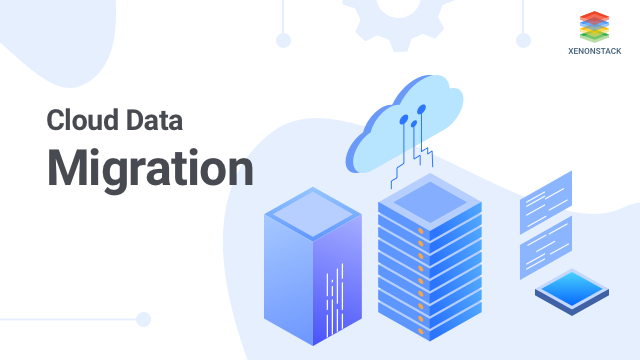DataVisualization
12/27/2019 06:06:00 pm
Visual Analytics Services for Data-Driven Decision Making

Introduction to Visual Analytics
Visual analytics is the process of collecting, examining complex and large data sets (structured or unstructured) to get useful information to draw conclusions about the datasets and visualize the data or information in the form of interactive visual interfaces and graphical manner.
Data analytics is usually accomplished by extracting or collecting data from different data sources in the form of numbers, statistics and overall activity of any organization, with different deep learning and analytics tools, which is then processed using data visualization software and presented in the form of graphical charts, figures, and bars.
In today's technology world, data are reproduced at incredible rates and amounts. Visual Analytics helps the world to make the vast and complex amount of data useful and readable. Visual Analytics is the process to collect and store the data at a faster rate than analyze the data and make it helpful.
As the human brain process visual content better than it processes plain text. So using advanced visual interfaces, humans may directly interact with the data analysis capabilities of today’s computers and allow them to make well-informed decisions in complex situations.
It allows you to create beautiful, interactive dashboards or reports that are immediately available on the web or a mobile device. The tool has a Data Explorer that makes it easy for the novice analyst to create forecasts, decision trees, or other fancy statistical methods.
Visual Analytics Process
Like any other process, Visual analytics also follows a procedure with the feedback loop, which starts from collecting, scrapping raw data and examining, analysis data from different data sources with human interaction to get the information from knowledge from data.
The following figure shows an overview of different stages of the Visual Analytics Process.

Collecting and Scraping raw Data from a different source
Store Data and do initial analytics
Visualize the Data
Exploration and Analysis of the Data
Role of Visual Analytics and Data Visualization in the Financial Sector
Many people are confused by the new term visual analytics, and data visualization and do not see differences, While there is some difference and play a different role in different sectors, such as :
Data visualization is nothing but to represent the data in the form of a pictorial, graphical and interactive manner. Data analytics is also a process of enquiring, examining, decision-making, combining visualization, human factors and analyze hidden data sets and derive meaning data.
Data analysts turn complex data set into readable plain text (English), whether its sales figures, market research or stocks, logistics, or transportation costs, and social media states.
Weather Data Visualization engineer turn that readable plain text in the form of charts, graphs, and design elements, that help business explain trends and stats more easily.
Data Visualization & Data Analytics are related to each other in the form of the sector they used; both are related to the same industry like Finance, Banking, Healthcare, Retail, Crime detection, Daily trends Analysis, etc.
Data Analytics helps the above sectors to Identify the current market trends, future forecast and to analysis the monthly, early growth of a business and support business to be proactive for the future growth using the data visualization tools to represent the interpreted data in the readable format.
Data Analytics helps the above sectors to Identify the current market trends, future forecast and to analysis the monthly, early growth of a business and support business to be proactive for the future growth using the data visualization tools to represent the interpreted data in the readable format.
Computers made it possible to make use of data analytics tools to process complex data at high speeds.
Read More: XenonStack/Blogs
















